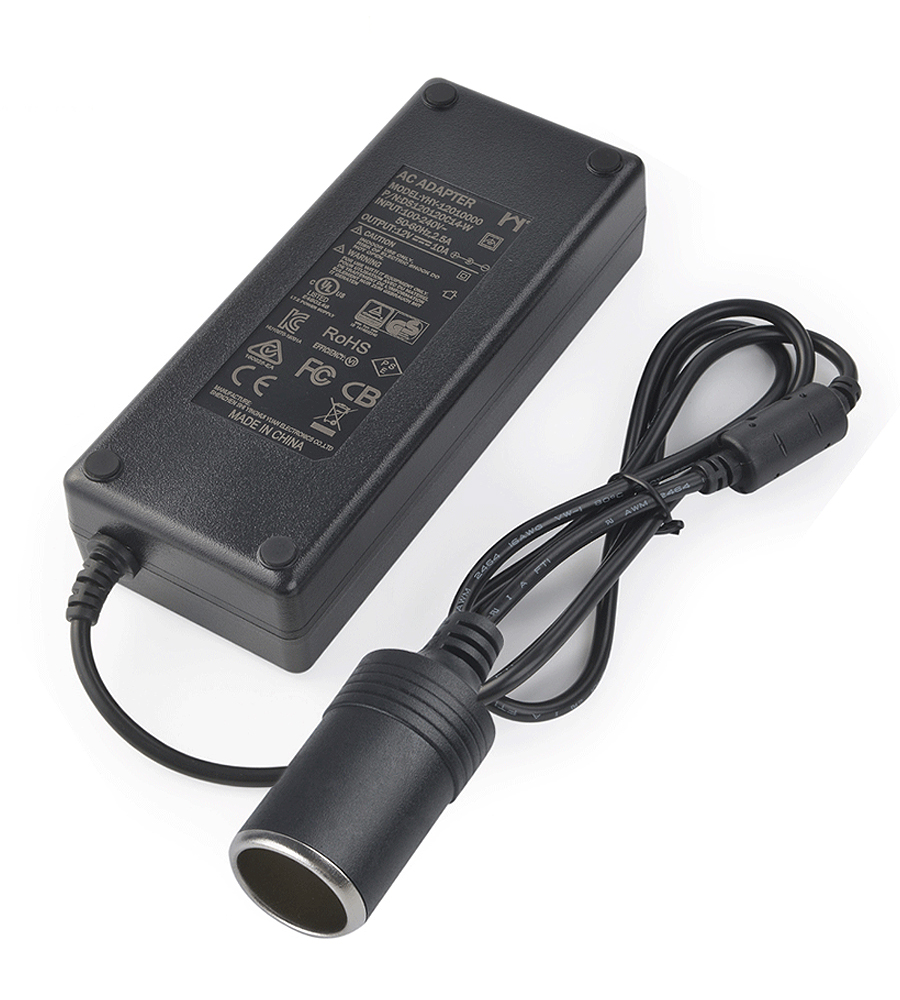Blog
the main reason of low output caused to power adapter
Views : 930
Update time : 2023-05-24 09:11:25
When problems arise with power adapters, one of the main causes of low output can be traced back to faulty wiring or components. This issue occurs when there are wires mishandled during installation or when a number of electrical components such as resistors, capacitors, and transformers deteriorate over time. The lack of proper insulation between the various components can also be a major contributing factor, leading to possible short-circuiting.
A reduction in voltage or current output can also be attributed to a lack of adjustability within the power adapter. If the adapter cannot be rigorously adjusted according to the specific device requirements, the output may be drastically weakened. Furthermore, if the adapter itself is of inferior construction or quality, it may be unable to achieve optimal performance and provide the optimal voltage and current to the connected device.

In some instances, it could be that the adapter itself has been damaged or has malfunctioned, either due to a prevalent manufacturing fault or due to an overvoltage power surge. Unfortunately, this is quite difficult to forecast or diagnose without the right tools and experience.
Issues like these can be quite complex and it’s important to find out the exact cause before attempting to fix or replace the power adapter. Inappropriate diagnosis could cause long-term damage to the connected device too, which is not something that should be taken lightly. Whenever a power adapter has questionable performance, consult with experienced technicians and technicians to ensure the root of the problem is accurately addressed.
A reduction in voltage or current output can also be attributed to a lack of adjustability within the power adapter. If the adapter cannot be rigorously adjusted according to the specific device requirements, the output may be drastically weakened. Furthermore, if the adapter itself is of inferior construction or quality, it may be unable to achieve optimal performance and provide the optimal voltage and current to the connected device.

In some instances, it could be that the adapter itself has been damaged or has malfunctioned, either due to a prevalent manufacturing fault or due to an overvoltage power surge. Unfortunately, this is quite difficult to forecast or diagnose without the right tools and experience.
Issues like these can be quite complex and it’s important to find out the exact cause before attempting to fix or replace the power adapter. Inappropriate diagnosis could cause long-term damage to the connected device too, which is not something that should be taken lightly. Whenever a power adapter has questionable performance, consult with experienced technicians and technicians to ensure the root of the problem is accurately addressed.


